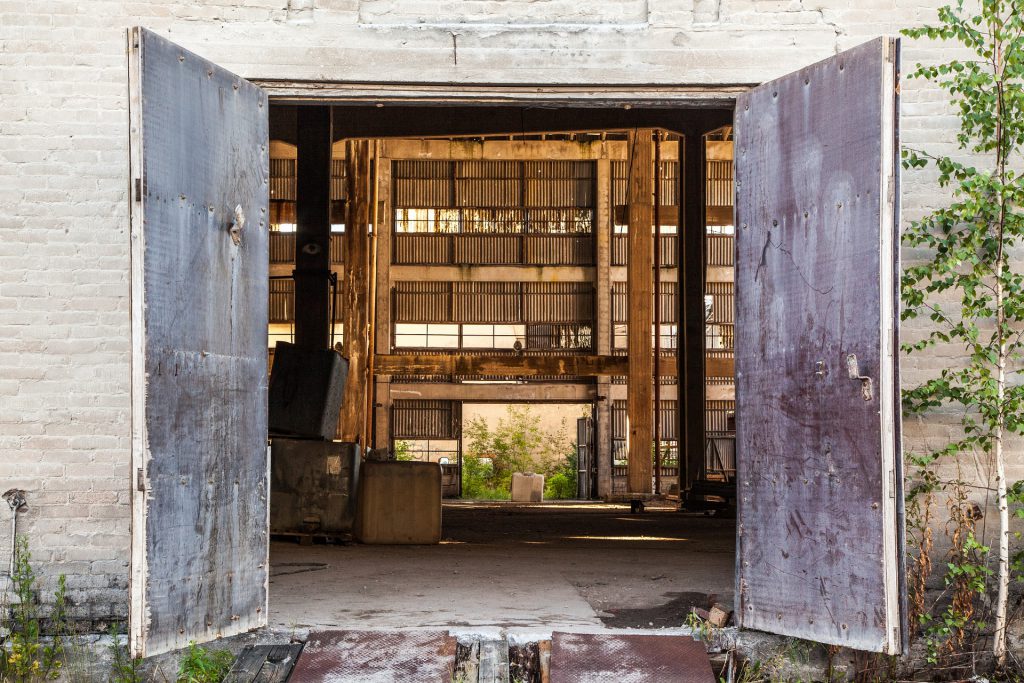The topic of starting new churches today needs a more honest discussion about “place.” A review of the past one hundred years reveals that almost all new churches have been started in middle and upper class neighborhoods. It might be time to reevaluate where we are locating our new churches.
It might be time to reevaluate where we are locating our new churches.
Tweet this.
An Eye For Sore Places
Most church leaders believe that America is primarily filled with middle- and upper-class people, and they plan their churches for those populations. However, the lower class has always existed – the third of the population that earns below middle-class incomes.
Statistically, one out of every three neighborhoods is populated by the lower third in every town across the country; it makes dishonest missiologists to pretend they are not among us. It is reported that two out of five American families are now relying on food banks to feed themselves.
Where do these people live? They are housed in the sore neighborhoods of our towns. While this population commonly avoids the boutiques on main streets for reasons of embarrassment, they are still a part of our towns. And they are not attending our Sunday gatherings either, which makes them invisible to church leaders.
There are some places in the U.S. where there are more sore neighborhoods than anywhere else – the urban cities. The shrinking church-to-population ratio in large cities is disturbing. Most urban cities in the U.S. have four-times fewer churches than any other location in their districts. While that might look unimpressive at first glance, what this has meant for my home city of Seattle is that we would need to start twenty-five churches to equal the ratios in the rest of the denominational district I serve.
And yet, those starting new churches in America are overlooking our cities with surprising regularity. Noted missiologist Ed Stetzer notes how it appears that God has a special burden for places with hundreds of new homes compared to the inner city with thousands of apartments. This mindset must change. Urban cities stand in need of the greatest full-court press new church pioneers can muster.
Urban cities stand in need of the greatest full-court press new church pioneers can muster.
Tweet this.
A Different Way of Church
If we are going to engage sore neighborhoods, we will need to consider doing church for them in a way that fits their sociology. Pioneers who put together visions of church based on their favorite worship components will make sense only to people who are just like them. But if a fresh expression’s team feels called into a sore social circle, they will need to design church in a way that resonates with that sore populous.
Traditional proclamation gatherings do not match this overlooked demographic’s sociological realities. Not only will those in the community feel embarrassed to gather with the well-dressed people that fill most of our churches, they will also find it difficult to sit through a Sunday morning, sing a number songs, and listen to a forty-minute sermon when they are filled with worry about what their children will eat that night and how to make rent the next day.
Our eighty-five year old church in Seattle had to learn to do church differently for the sake of our city. That meant we had to relearn who Seattle had become. So we resorted to lawn-chair missiology, which means we literally sat in lawn chairs on many sidewalks and watched the movements of the people.
From those observations we concluded a few things:
1. Sunday mornings were a bad idea for church; no body was awake at that time
2. Dinner time was a great time for church; people were getting off the buses and the sidewalks were full
3. Large social circles of sore people were everywhere.
All of these observations converged with our remembrance of the ancient Agape Feasts that were prevalent during the apostolic era; a new way of doing church was birthed. Now we have Agape Dinner church almost every night of the week in a different sore neighborhood in Seattle, and we have never been so influential in our city as we are now.
We have never been so influential in our city as we are now. #AgapeDinner
Tweet this.
However, this is only one of numerous incarnational stories that are being birthed across our land. Many new church pioneers are feeling called to a particular under-gospeled social circle, are putting aside the proclamation event assumption, and are designing a church that fits the sociology of the “lost” rather than the “found.”
CONCLUSION
Some great open doors exist for fresh expressions in America, but most of them are in the exact opposite direction of where most new church leaders are looking. I predict that sore neighborhoods and churches designed for the lost will forge an interesting future for the church in upcoming decades. For one hundred years, the American Church has started the majority of churches in middle- and upper-class locations. Perhaps it is time to consider starting churches for the sore neighborhoods – so they can go to heaven too.


